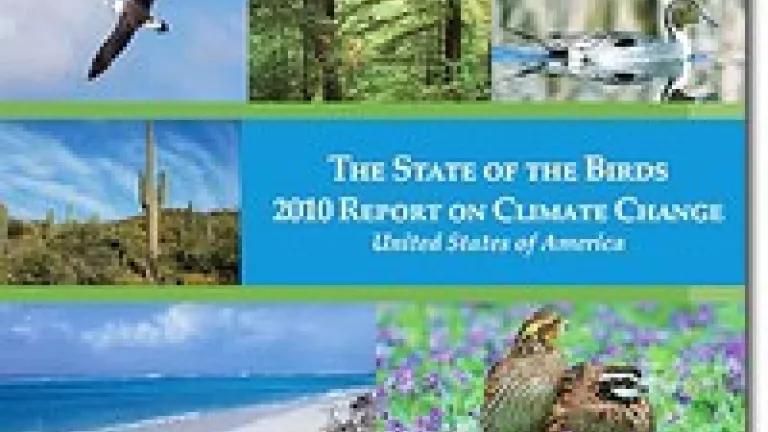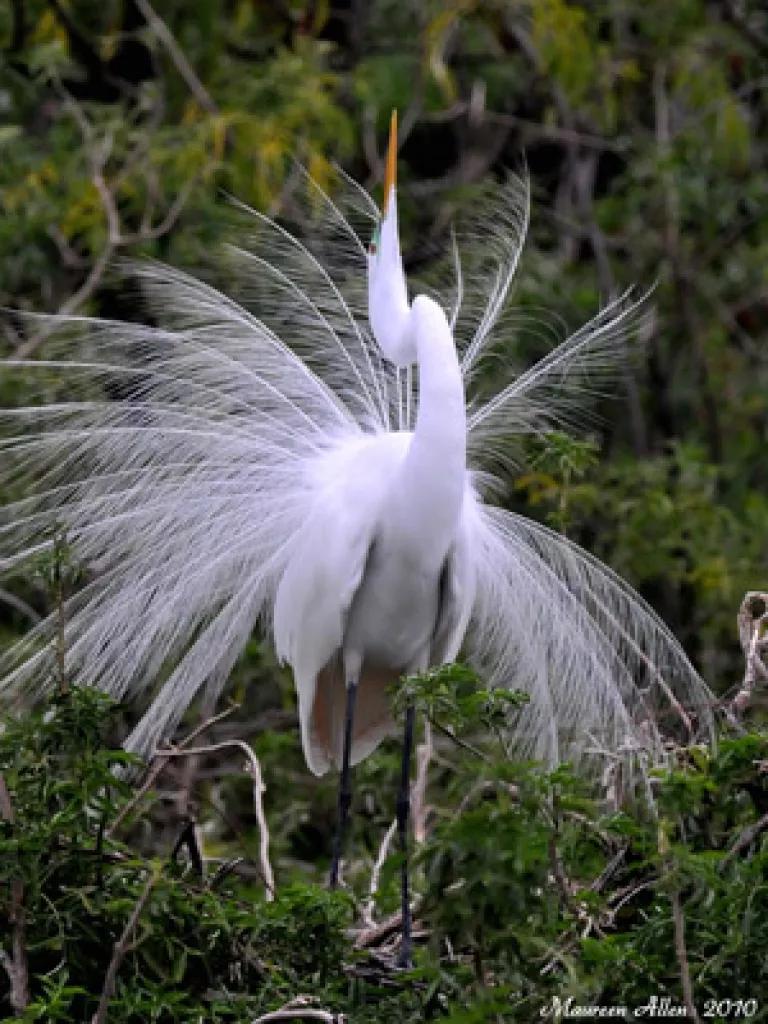2010 State of the Birds Report Released Today – Confirms that Climate Change is a New and Serious Threat to Birds

Today the US Fish and Wildlife Service, Cornell Lab and many others released the second annual report letting us know how birds are doing in the United States. The report focused on impacts of climate change and it is no surprise that these are already being felt in every habitat. But the harm is especially seen among birds that cannot easily move as the climate in their ecosystem changes. For example, birds that live on islands, such as Hawaiian birds, are facing multiple threats including from disease and invasive species as their native habitat’s climate changes. Just last year, an article in Science Daily, reported that climate change had already caused reduction of Hawaiian bird species such as the honeycreeper through disease. Earlier this week, two Hawaiian honeycreeper birds, the akeke’e and the akikiki were added to the U.S. endangered species list.

Climate change is already changing the timing of birds’ life cycles. The impact of climate change on the distribution and abundance of many species is already widespread and even greater changes are predicted for the future. Many seasonal biological phenomena such as plant growth, flowering, animal reproduction and migration depend on the temperature. As the globe warms, birds will shift both their ranges and their densities. Different birds will change in various ways in reaction to climate change and that will cause a restructuring of communities and of critical predator-prey interactions. Approximately 11 percent of the world’s bird species are at risk and as many as 200 of these may disappear in the next 20 years.
Join NRDC's new social networking site for bird-enthusiasts www.welovebirds.org and share your photos and birding stories.


